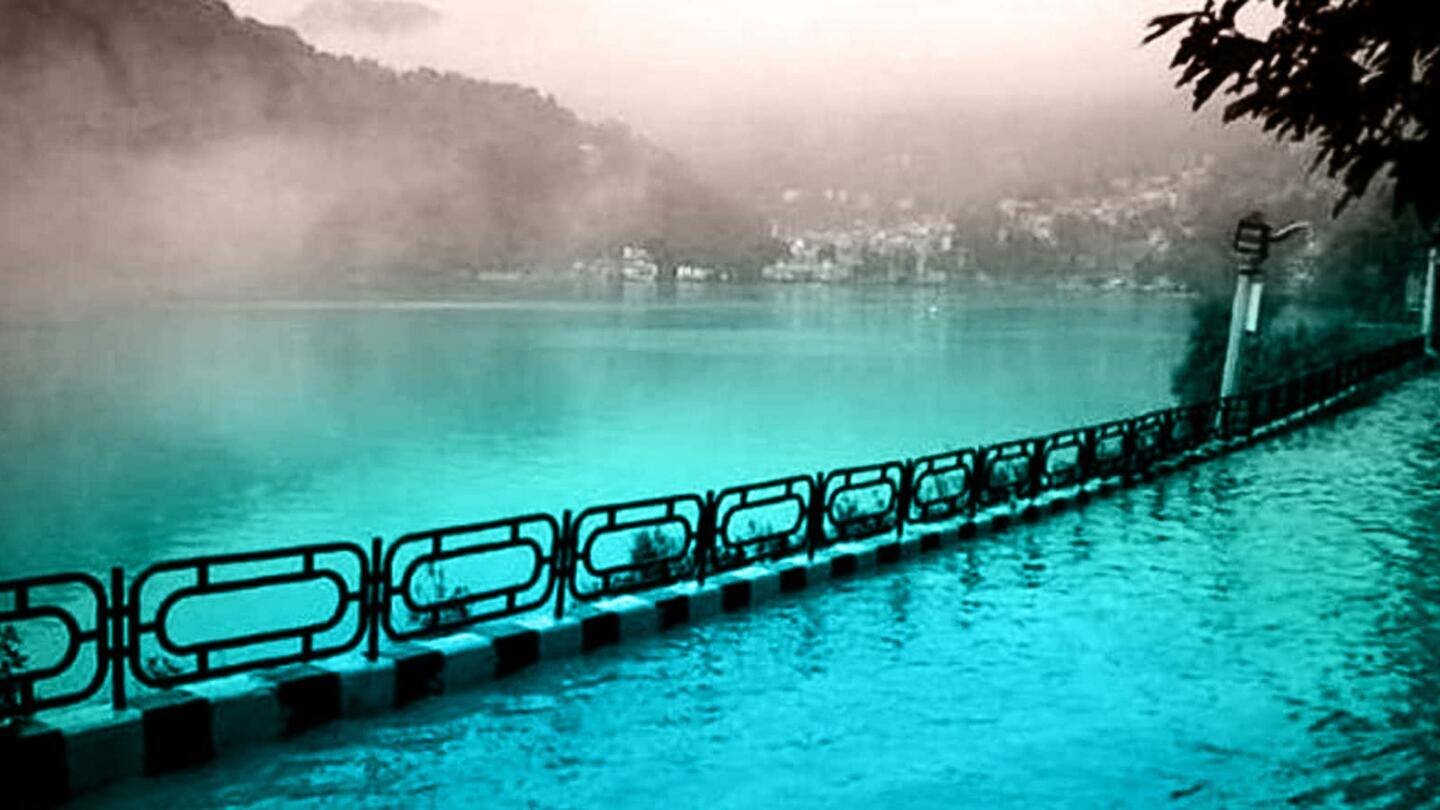
Nainital, Uttarkashi also at risk of sinking like Joshimath: Experts
What's the story
Experts have cautioned that the land sinking incidents in Joshimath, a hilly town in Uttarakhand, are not an isolated occurrence in the Himalayan area, per India Today They claim that, like Joshimath, numerous other towns, including Nanital and Uttarkashi, are prone to ground subsidence. They said that one of the most ignored environmental repercussions in the Himalayan area is land subsidence.
Context
Why does this story matter?
The land subsidence and subsequent cracking of houses in Joshimath forced the administration to evacuate people. The issue also triggered a nationwide debate over the ignored warnings about environmental and geological disasters in the Himalayas. Experts listed many manmade and natural phenomena for the land sinking tragedy and recommended that construction activities should be stopped right away to prevent any big disasters.
Experts speak
Nainital's unchecked spate of construction poses land sinking risk
Dr. Bahadur Singh Kotlia, Professor of Geology at Kumaun University, has warned of ground sinking in Nainital, similar to Joshimath, India Today reported. He also stated that the area was witnessing strong episodes of tourists as well as an unrestrained wave of development. Meanwhile, according to a 2016 study, half of the township was covered in debris from landslides.
Study
2022 study identified landslide vulnerability of Nainital
A study, released last year, about the 2009 Balia Nala Landslide, also identified the vulnerability of the resort town. "The slope pattern seems to be the fundamental factor for the catastrophe as most of the area possesses very high slopes. Secondly, rock types also play a very dominant role in the mass movements followed by the tectonic set-up of the area," the report said.
Faultlines
Natural faultlines need high-tech solutions
Dr. Kotlia stated that it is impossible for humans to stop the reactivation of any geological fault or thrust since it is a natural process that will continue to harm any area's weak points. Only a few alternatives are thus available, and the most crucial one is to address such catastrophes utilizing extremely cutting-edge engineering, he added.
More reports
What do Wadia Institute researchers say?
Researchers from Wadia Institute of Geology and Graphic Era Hill University said landslides in 2016 happened due to various faultlines similar to Joshimath. They confirmed that the area dominantly comprises limestone with shale and slate which are highly crushed and weathered due to the presence of the Nainital Lake Fault. "These rocks and the overlying soil have very low strength," its study found.
Possibility
Uttarkashi, Champawat can easily replicate Joshimath crisis
"What we are seeing in Joshimath, can very easily and soon replicate in Nainital, Uttarkashi, and Champawat," said Dr. Kotlia. "The areas are highly prone to seismic activity, reactivation of faultlines, and being hit by a massive surge of population and construction activities," he said adding that the foundation of these cities is very poor, making them very vulnerable.
About
What do we know about Joshimath crisis?
Due to a shaky foundation and increased toe erosion brought on by recent floods and constant rain, Joshimath's soil is shifting leading to a crisis, per geologists. However, the Main Central Thrust's (MCT-2)reactivation is the primary cause of this situation's abrupt trigger. It is the geological fault line along the Himalayas where the Indian Plate is forced beneath the Eurasian Plate, said Dr. Kotlia.